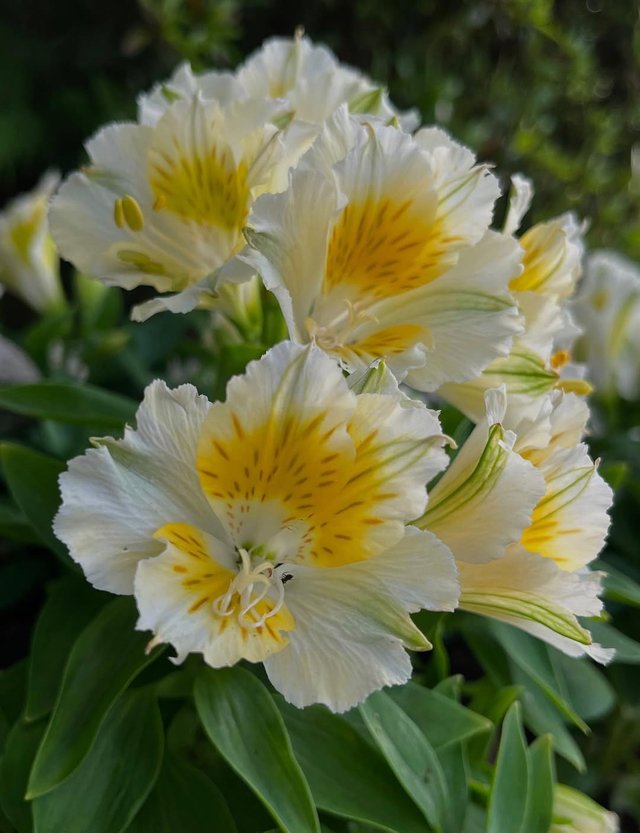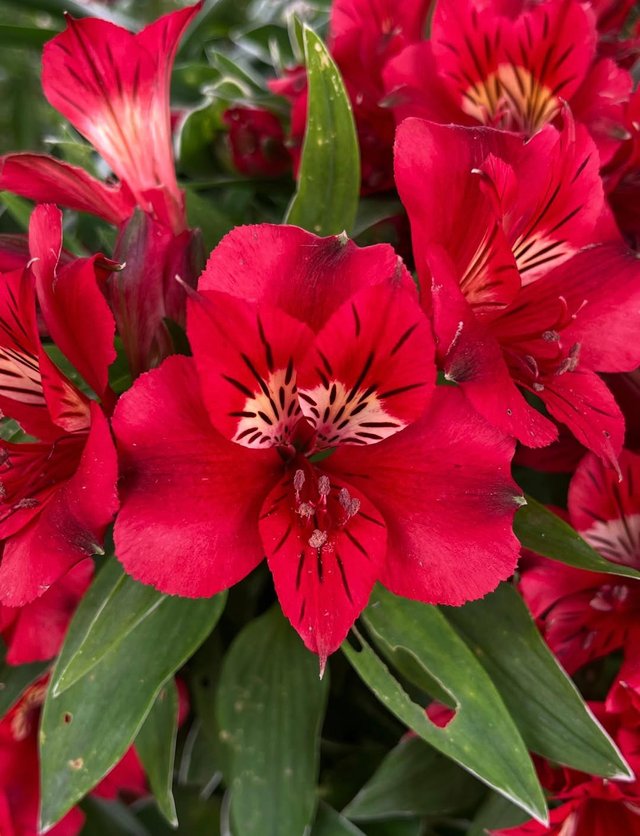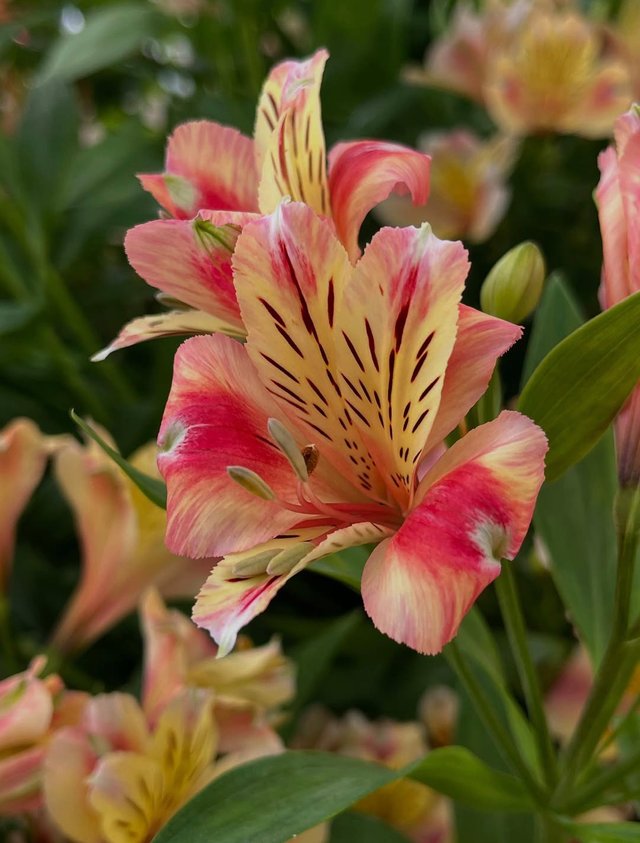Lily of the Incas
The Lily of the Incas, also known as Alstroemeria, is one of the most vibrant and cherished flowers in ornamental horticulture. Native to South America, especially the mountainous regions of Chile, Brazil, and Peru, this flower is often celebrated for its radiant beauty, extended vase life, and symbolic richness. Despite its common name, it isn’t a true lily—but it certainly holds its own with grace and splendor among the most beloved flowering plants in the world.
Alstroemeria plants grow from tuberous roots and feature clusters of trumpet-shaped blossoms in nearly every color imaginable—pinks, purples, oranges, reds, yellows, and whites. Many blooms are bi-colored and exhibit unique speckles, stripes, or brush strokes that enhance their visual appeal. The foliage twists as it grows, a characteristic known as "resupinate," which means the leaves appear to be upside-down.
Because of its long-lasting blooms and resilient nature, the Alstroemeria is also seen as a symbol of mutual support and the strength found in long-term relationships—be they romantic, familial, or platonic.In cooler climates, Alstroemeria is often grown as an annual or in containers that can be brought indoors during winter. In mild climates, it can spread generously—sometimes too generously—and may require containment.One of the quirks of Alstroemeria is how it’s best harvested: rather than snipping the stems with scissors, florists and gardeners often pull the entire stalk from the base. This method encourages new growth and keeps the plant healthy.



